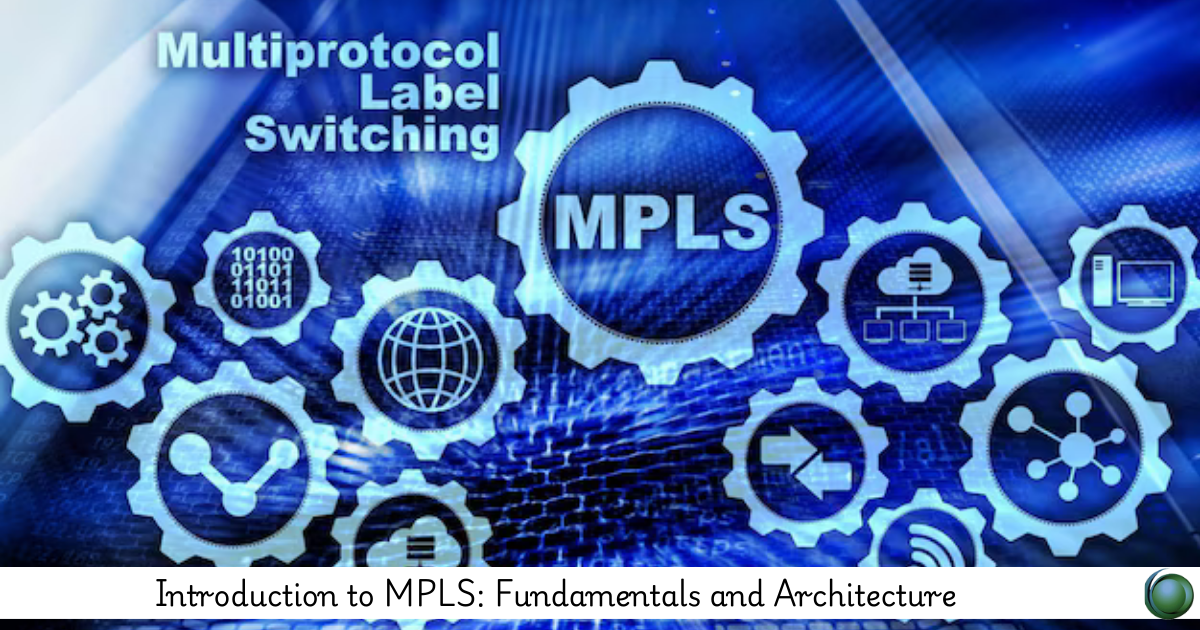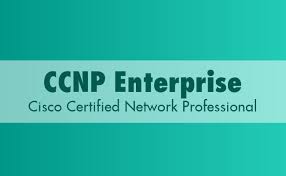Description
Introduction of MPLS Fundamentals
Multiprotocol Label Switching (MPLS) is a high-performance data-carrying technique used to route network traffic efficiently. Unlike traditional IP routing, MPLS uses labels to make forwarding decisions, reducing latency and improving traffic flow. It is widely used by service providers and enterprises for scalable, secure, and high-speed networking solutions. This course covers the core concepts, architecture, and applications of MPLS, providing a strong foundation for network professionals.
Prerequisites
- Basic understanding of networking concepts such as IP routing and switching.
- Familiarity with TCP/IP, subnetting, and network protocols.
- Exposure to enterprise networking or service provider environments is beneficial but not required.
Table of Contents
1. Introduction to MPLS Fundamentals
1.1 What is MPLS and Why It Matters
1.2 Benefits of MPLS Over Traditional IP Routing
1.3 Use Cases and Applications of MPLS
2. MPLS Architecture and Components
2.1 MPLS Label Switching Mechanism
2.2 Label Edge Routers (LER) and Label Switching Routers (LSR)
2.3 Label Distribution Protocols (LDP, RSVP-TE)
3. MPLS Label Stack and Forwarding
3.1 MPLS Header Structure and Label Stack
3.2 Label Imposition, Swap, and Disposition
3.3 Label Binding and Distribution Methods
4. Traffic Engineering in MPLS Networks
4.1 MPLS-TE (Traffic Engineering) Fundamentals
4.2 Constraint-Based Routing and Path Selection
4.3 Resource Reservation with RSVP-TE
5. MPLS VPNs: Enabling Private Networks
5.1 MPLS Layer 3 VPN (L3VPN) Architecture
5.2 MPLS Layer 2 VPN (L2VPN) and VPLS
5.3 Security and Isolation in MPLS VPNs(Ref: Mastering MPLS for Enterprise and Service Provider Networks)
6. MPLS QoS: Ensuring Traffic Prioritization
6.1 MPLS QoS Mechanisms and Traffic Classes
6.2 Differentiated Services (DiffServ) and MPLS Integration
6.3 Traffic Policing and Shaping in MPLS Networks
7. MPLS and SDN: Future of Network Virtualization
7.1 MPLS in Software-Defined Networking (SDN) Environments
7.2 Segment Routing (SR-MPLS) and Network Automation
7.3 MPLS in Next-Generation Cloud and Edge Computing
8. MPLS Deployment and Configuration Best Practices
8.1 MPLS Network Design Considerations
8.2 Common MPLS Deployment Challenges
8.3 Best Practices for Scaling MPLS Networks
9. Troubleshooting MPLS Networks
9.1 MPLS Label Issues and Debugging Techniques
9.2 MPLS Loop Prevention and Fault Isolation
9.3 Tools and Commands for MPLS Troubleshooting
10. Conclusion and Future Trends
10.1 Key Takeaways from MPLS Fundamentals
10.2 MPLS vs. Alternative Technologies (VXLAN, SD-WAN)
10.3 Emerging Trends in MPLS and Network Evolution
MPLS continues to be a vital technology for efficient network routing and traffic management. It enhances scalability, security, and performance, making it a preferred choice for enterprises and service providers. As networking evolves with SDN and cloud computing, MPLS remains a critical component in modern infrastructures. Mastering MPLS ensures network professionals stay ahead in the industry.







Reviews
There are no reviews yet.